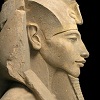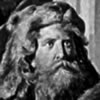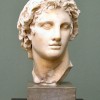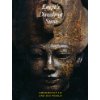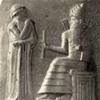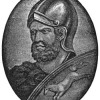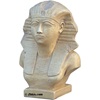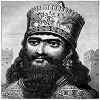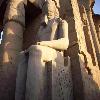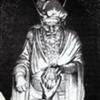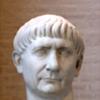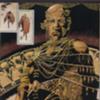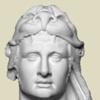Ashoka

Ashoka (304 – 232 B.C.), a Hindu convert to Buddhism, was king of the Mauryan Dynasty in India from 269 until his death. With his capital at Magadha, Ashoka’s empire extended into Afghanistan. Following bloody wars of conquest, when Ashoka was considered cruel, he changed: He eschewed violence, promoted tolerance, and the moral welfare of his people. He also established contact with the Hellenistic world. Ashoka posted “the edicts of Ashoka” on great animal-topped pillars, chiseled in the ancient Brahmi script. Mostly reforms, the edicts also list public works projects, including universities, roads, hospitals, and irrigation systems.
Atilla the hun
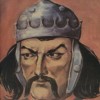
Attila the Hun
Attila the Hun was born around 406 A.D. and died 453. Called the Scourge of God by the Romans, Attila was the fierce king and general of the barbarian group known as the Huns who struck fear in the hearts of the Romans as he plundered everything in his path, invaded the Eastern Empire, and then crossed the Rhine into Gaul. Attila successfully led his forces to invade the Eastern Roman Empire in 441. In 451, on the Plains of Chalons, Attila suffered a setback against the Romans and Visigoths, but he made progress and was on the verge of sacking Rome when in 452 the pope dissuaded Attila from sacking Rome. The Hun Empire extended from the Steppes of Eurasia through most of modern Germany and south into Thermopylae.
Boudica
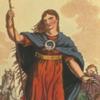
Boudica was queen of the Iceni, in ancient Britain. Her husband was the Roman client-king Prasutagus. When he died, the Romans assumed control of his area of eastern Britain. Boudicca conspired with other neighboring leaders to rebel against Roman interference. In 60 A.D., she led her allies first against the Roman colony of Camulodunum (Colchester), destroyed it, and killed thousands living there, and afterwards, in London and Verulamium (St. Albans). After her massacre of the urban Romans she met their armed forces, and, inevitably, defeat and death, perhaps by suicide.
Ch’in Shi Huang
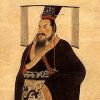
He unified the warring states of China and became the First Emperor or Emperor Ch’in (Qin) in 221 B.C. This ruler commissioned the gigantic terracotta army and subterranean palace/mortuary complex found, via pottery sherds, by farmers digging in their fields, two millennia later, during the tenure of one his greatest admirers, Chairman Mao.
